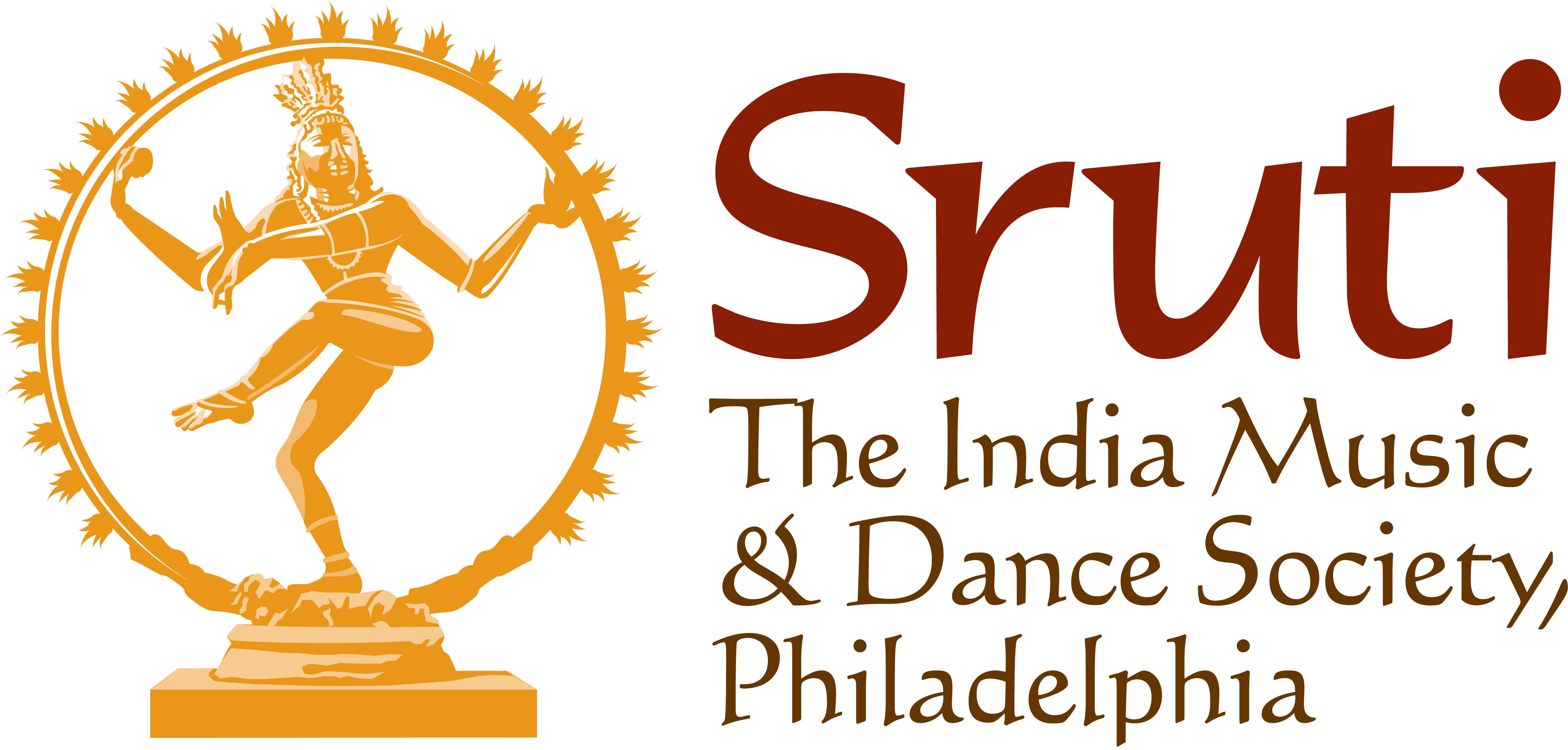Your cart is currently empty!
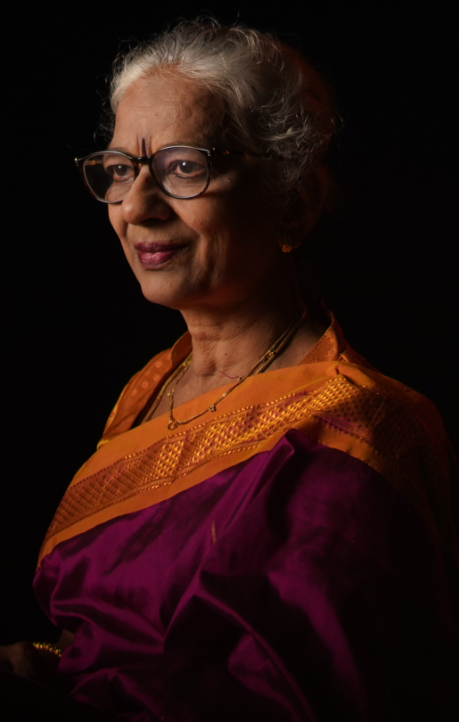
Digital Lec-Dem and Carnatic Concert (Virtual event)
By Dr. T.S.Sathyavathi
Saturday, November 19, 2022 | 4:30 PM
About This Event
Dr T.S.Sathyavathi is a multifaceted personality- Carnatic vocalist, Guru and Sanskrit scholar with special training in mridangam and musicology. Sanskrit and music have been inseparable twins in the life of Dr Sathyavathi. She trained under the legendary Sangeethakalanidhi Padmabhushan Dr. RK Srikantan. She is a graded artist of All India Radio and Doordarshan. She has given concerts in esteemed sabhas in India and abroad. Her lecture demonstrations on the contribution of the various composers in Carnatic music have received wide acclaim. She has conducted numerous teaching workshops highlighting key composers. She is also a composer and tunesmith. She has composed and presented Ragamalika-Talavadhana-Pallavi’s and has also composed music for famous dance dramas like the Gitagovidam and Abhijnanashakuntalam. She is the recipient of numerous awards from prestigious sabhas all over India including the Karnataka Ganakala Parishat, Music Academy Madras, Shanmukhananda Sabha (Mumbai), Swathi Thirunal Sangeetha Sabha (Trivandrum) to name a few. Dr. Sathyavathi has trained several students who are graded performers of All India Radio. More information on her accomplishments can be found on her website tssathyavathi.com
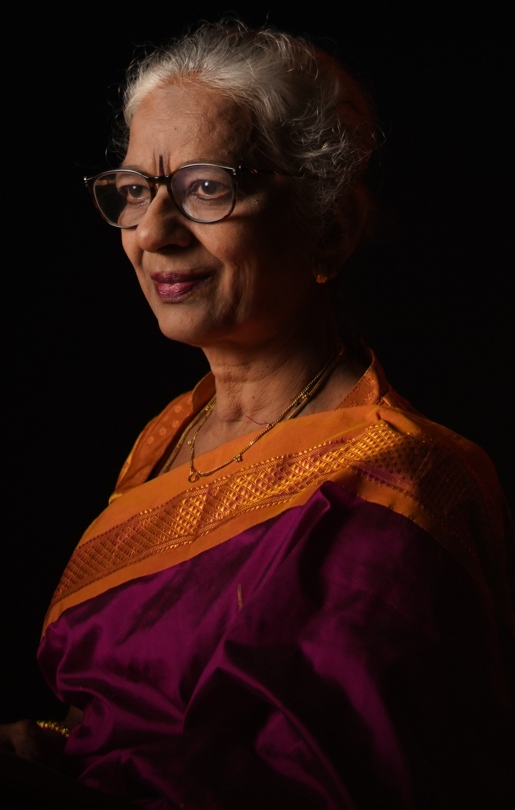
Mathur R Srinidhi is a disciple of Vid. Sangeetha Vidya sagara R.R.Keshavamurthy and Vid.R.N.Tyagarajan He is an ‘A’ grade artist of All India Radio and Doordarshan. He holds a MSc degree in Biotechnology and a masters in music from Madras University. He was awarded the Ananya Yuva Puraskar in 2013 from Ananya Bangalore and ‘ Lalitha Kala Suma’ from Sri Rama Lalitha Kala Mandira in Bangalore. He has accompanied stalwart vidwans like Rudrapatnam Brothers, Dr. Balamurali Krishna, Nedanuri Krishnamurthy, Sudha Raghunathan, T.V.Gopalakrishnan, T.N.Seshagopalan, Late T.V.Sankaranarayanan, Late N.Ramani, Late Mandolin Srinivas, Shashank Subramanyam, Malladi brothers, Trichur V Ramachandran, Ranjani Gayatri and other artists. He has performed in well known sabhas in India and around the world including the US and Europe.
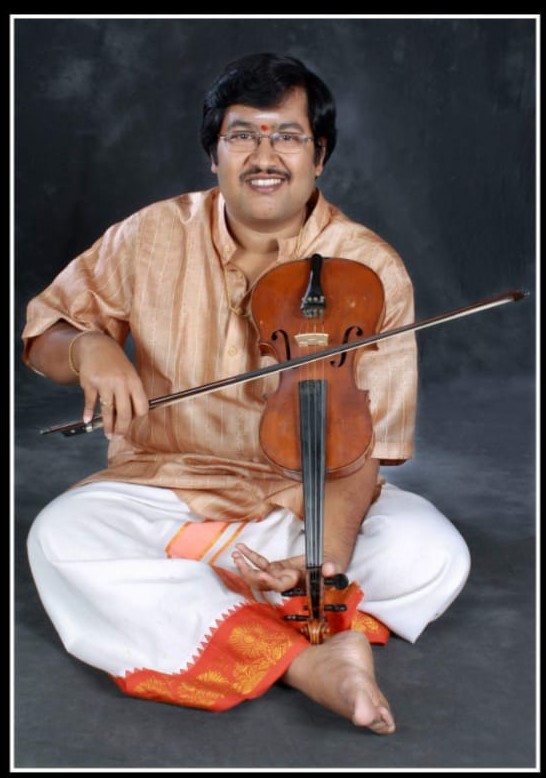
K U Jayachandra Rao
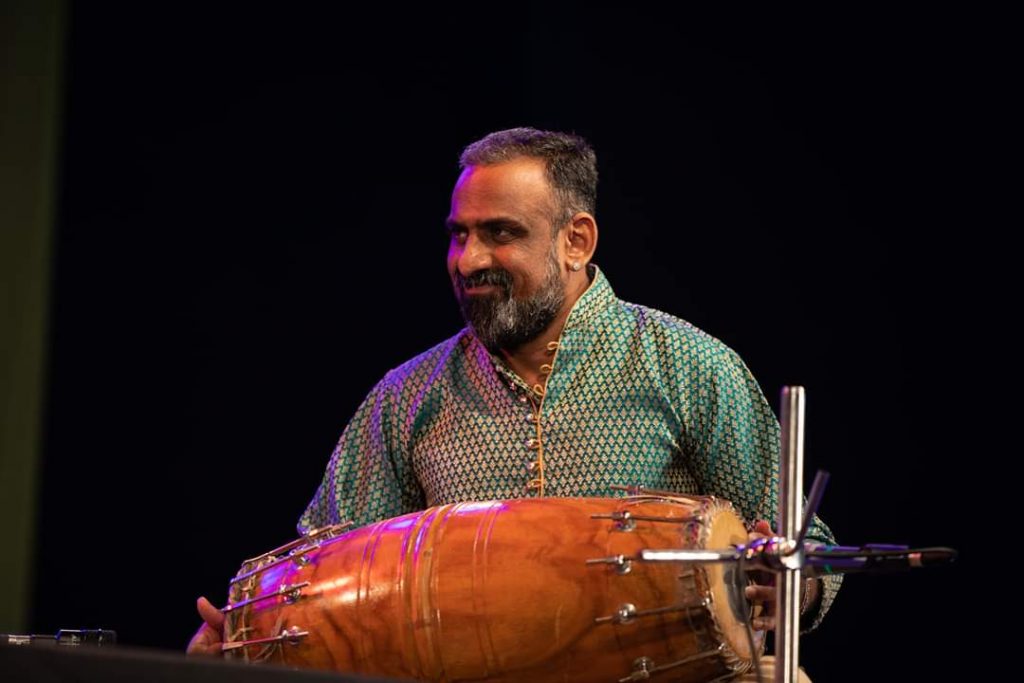
Sukanya Ramgopal is one of the frontline musicians of India and the first woman ghatam artist of the country. Over the past 50 years, she has mastered the art of playing the ghatam in Carnatic music. She began training in the mridangam at the age of 12 and has also learnt the violin, however, it was the ghatam that was her true calling. Under the able guidance of Sri Harihara Sharma and later under his son, ghatam maestro Sri Vikku Vinayakram, Sukanya trained rigorously on the ghatam. Over the last four decades, Sukanya has mastered the unique ghatam fingering techniques and is today considered the torchbearer of the Vikku baani of ghatam playing. She is also a proficient performer on the Konnakol (vocal percussion).
The GhataTharang (multi-ghatam) is a unique idea conceptualized by Sukanya. Her commitment to breaking new ground has inspired her to play the GhataTharang with 6 – 7 ghatams of different shruthis, thereby creating melody on a percussion instrument. Sukanya is an ‘A Top’ grade artist of the All India Radio and is empanelled by the ICCR in the ‘outstanding artist’ category. She received the prestigious Sangeet Natak Akademi Puraskar for the year 2014. Sukanya also leads an all-women’s instrumental ensemble called Sthree Thaal Tharang and is the author of the first textbook for ghatam learning titled Sunaadam: The Vikku baani of Ghatam Playing.
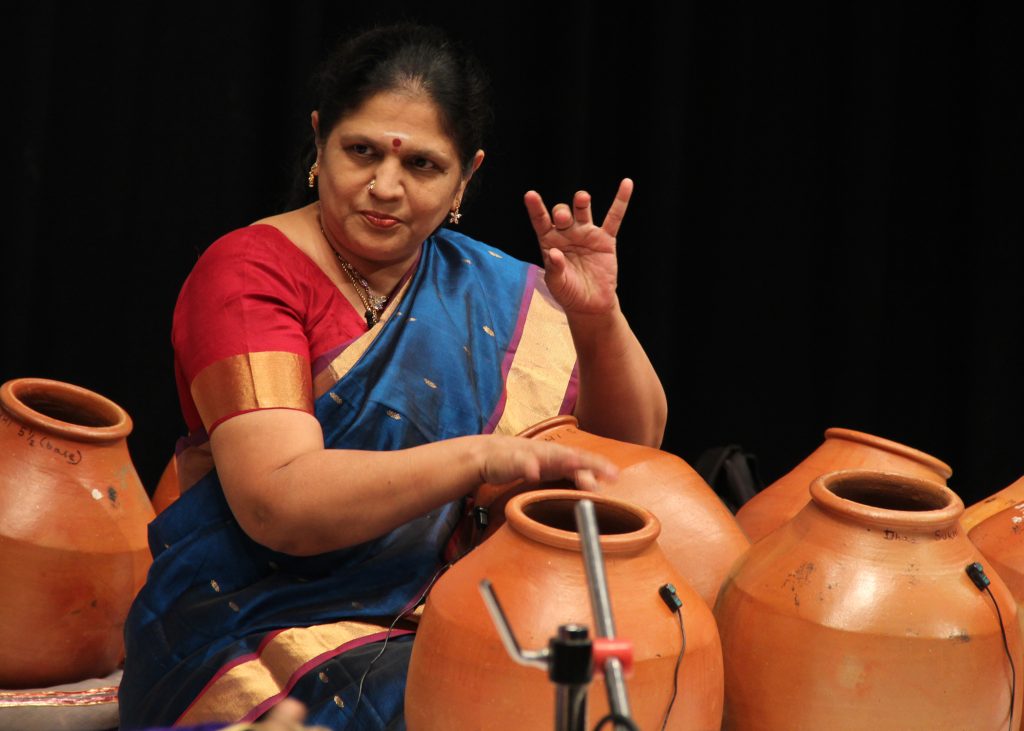
Concert Review
Carnatic Vocal Concert / Lec Dem on Shyama Shastri by Dr. TS Sathyavathi
By Suresh Tyagarajan
In this virtual program arranged by SRUTI, Dr. TS Sathyavathi (hereafter referred to as Dr. TSS in this write-up) took us through an enlightening and educative journey of the soulful compositions of Shyama Shastri (hereafter referred to as SS in this write-up), the eldest among the Trinity of Carnatic Music. This was a follow-up to the 3-day online workshop, organized by SRUTI and conducted by Dr. TSS. Through Dr. TSS’s lens, we experienced the exquisite expressions of both rAgA and layA of SS’s works. Dr. TSS was soulfully accompanied by Shilpa Shashidhar (Vocal Support), Mathur R. Srinidhi (Violin), K. U. Jayachandra Rao (Mridangam) and Sukanya Ramgopal (Ghatam).
We realized the splendor of the entirety of SS’s creations, when we learnt that we could reach only about a 100 out the 300 or so compositions that he originated. Due to the absence of a shishya paramaparA and thereby a lack of documentation, today we only know of a few swarajatis, varnams and compositions. And yet, the brilliance of those kritis shine through the vistas of time. The inspiration of all his works is SS’s profuse, undoubtable and unquestionable devotion to Goddess KAmAkshi.
The program began with BegadA varnam – highlights were the importance of (Ma – MadhyamA) a note of the BegadA scale, the structure of execution and caraNam going back to the pallavi to end the varnam. SS had a stronghold of Telugu, Samskritam and Thamizh. Next was a demonstration of SS’s rakti rAgA* Kritis. We shall very briefly browse through some of the demonstrations:
- Sarōja daḷa nētri himagiri putrī in Sankarabharanam – demo: Execution of Ga Ma Paaa (the gamaka as a curve and not a digital Ga Ma Da Pa). The differentiation between this and the BegadA’s execution was clearly brought out by Dr. TSS.
- Then Dr. TSS moved on to the last caraNam of Palinchu KamAkshi in MadyamAvati. Illustration: A pulsating Ri, unlike a plain, straight one in Sri rAgam. Also, a mention of swarAksharam** (Pa) was made. She elaborated the feel of the composition in the way Pa (Panchamam) is rendered.
- She then moved on to Sankari Sankuru in SAveri. There is a plethora of swarAksharas in SS’s compositions (example in this piece being Ri in “… Sankari”). She then delved deeper into the lyrical beauty of his Samskritham expressions.
- Next on to Yadukula Kambhoji (YK) Swarajati – KamAkshi Nee PadA. A subtle distinction of YK from Kambhoji was pointed out.
- This was followed by the example of Mada Gaja Gamana (movement of an elephant) in Mari vErE: “…pAda yugamu madilO dalaci kOriti vinumu mada gaja gamanA”. This was followed by pAhi shrI girirAjasutE (S P Ṡ notes). She explained the signature for Ananda Bhairavi (AB). She pointed out how SS’s kriti was also a fitting grammatical explanation of AB (the same Ri, Ga, Da and Ni are present in both the rakti rAgAs AB and Ritigowla but in a different color, signifying the respective rAgAs). She used ninnuvinA maRigaladA to show SS’s handing of Ritigowla. A rarity of anupallavi dhAtu (root) being the same as carNam dhAtu.
- Subsequently, Dr. TSS entered into the topic of mastery of MisracApu tAlA by the “tAla Laya Brahma” himself. The 7 mAtrA (count) tAlA is so deftly woven by SS in various kritis. They are not just as simple as 7 x 4 = 28, but more intricate and beautifully designed by SS. His handling of layA is described as MarjArakishora nyAyA (i.e.) The cat carrying her kitten gently with care, yet with firmness, in order not to let go. Dr. TSS then took us into SS’s LalithA rAgam (Nannu brōvu lalithā); illustrating with jAru gamakAs showing the soft nature of SS.
- Then came the rare raga Kritis composed by SS – kalkadA (Pārvati ninu nē nera nammiti) , manji, niilambari (where the unhurried pace in MisracApu was emphasized). Dr. TSS illustrated how the vivAdhi swaras were being brought together in the right way – showing that SS’s scholarship comes to the fore in those instances.
- Ahiri – Was demonstrated using “mA(y)ammA(y)ani nE pilacitE mATl(A)Da rAdA nAtO ambA..”
- DevibrOva – In ChintAmani; she retraced the history of composer Bobbili Kesavayya’s challenge resulting in SS’s sarabanandana tAlA pallavi and then composing Devi-brova-samayamide.
- MAnji – Brovavamma. Dr. TSS showed us that it is similar yet different (certain smoother segments) from Bhairavi
- Scope for neraval in SS’s compositions: Examples: “Sathisubha Charitey sadA Madhura bhashiNi”, “Madhava sOdari Gouri Amba” (Ma Da -swarAkshara) and “Ni Sa Ri (swarAksharA) evvaramma”
- Meenalochana was demonstrated as another rakti rAgA (DhanyAsi) kriti of SS
We were then taken into SS’s Kalyani: Himathri sute, Birana varalichi (a quick raga, kalpanAswara & Tani) were demonstrated by the team. SS’s wish was to attain the poetic ability to be able to praise his Mother better and better – an indicator of his true devotion. She provided a fitting end with a Mangalam in Kalyani (Khanda Ata tAlA): Sankari KarunAkari. The raga mudra comes naturally in SS’s lyrics. Overall, this was such an emotionally and intellectually fulfilling program.
* rakti means ‘gives pleasure’. Those gamakam-laden ragas suited to the slower tempo: sankarabaranam, kedaragowla, rithigowla, todi, varali, sahana, begada, bhairavi, ananda bhairavi, saveri, yadukula kambhoji, arabi, nattai, janaranjani, nattakuranji, dhanyasi etc.
** swarAksharam = When a lyric / syllable coincides with a swara, it is called a swarAksharam (swaram + aksharam).
